Last time, we compared set-top box (STB) compatibility and the wireless network speed performance. This time, we will compare the wireless efficiency performance of the STB by using different antennae.
More than 80% of modern wireless network equipment uses two antennae (Main and AUX); however, due to the cost and design considerations, some manufacturers use only one antenna for their product design. In general, the transmission capability of two antennae is twice as fast as one antenna. Still, not all products are required to have high-speed transmission capability, as one antenna can meet the needs of smart speakers, smart home appliances, or other IoT equipment.
This article is a comparative review of the products with actual data, which is analyzed to assume the end-user’s experiences with the products.
As there are not many STBs with one antenna available in the market, with the help of our collaboration partner, we used sample products with one and two antennae as the objects of this experiment.

Figure 1: The external appearance and antenna specification of the tested products.
The following are the testing items
- Maximum Throughput
- Range Venus Rate
- Congestion
- Antenna Pattern (OTA TRP/TIS)
To avoid other external interference that may affect the experiment data, all testing is conducted in an RF-shielded room. First, the items for testing the maximum throughput aim to confirm the maximum transmission and reception abilities of the STB. As the main purpose of STBs is to access online video streaming, this product should at least be capable of meeting the minimum demand for watching online video streaming. We have compiled the connection speed demand of different media and video services, which are listed in the following table:

Figure 2: The recommended network connection speed for different OTT services.
The test results are visualized in the following diagram. The maximum downloads of the 1×1 and 2×2 models exceed the recommended speed of 4K video streaming. In the 2.4GHz band, the max. download speed was about 110Mbps (40MHz), while the max. download speed of 2×2 was about 220Mbps. We did observe that the limit speed of 2×2 was twice as fast as 1×1. In the 5GHz band, the max. download speed of 1×1 was about 300Mbps (80MHz), while the max. download speed of 2×2 was about 440Mbps. Both models have shown decent performances in terms of speed.
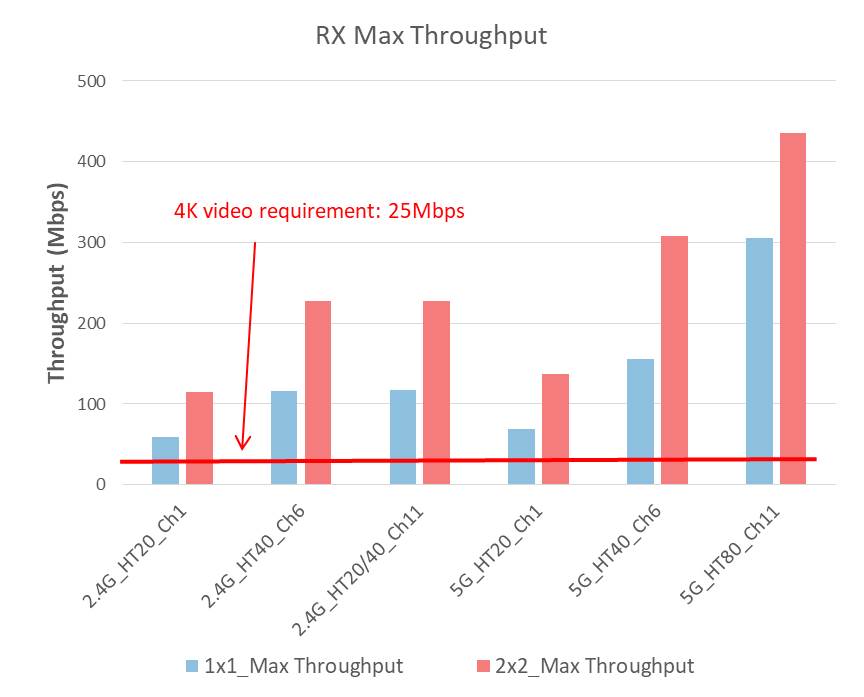
Figure 3: The reception abilities of 1×1 and 2×2 in 2.4GHz and 5GHz bands.
The results of the upload speed are similar to the download speed; however, upload speed is not often applied in products like STB.
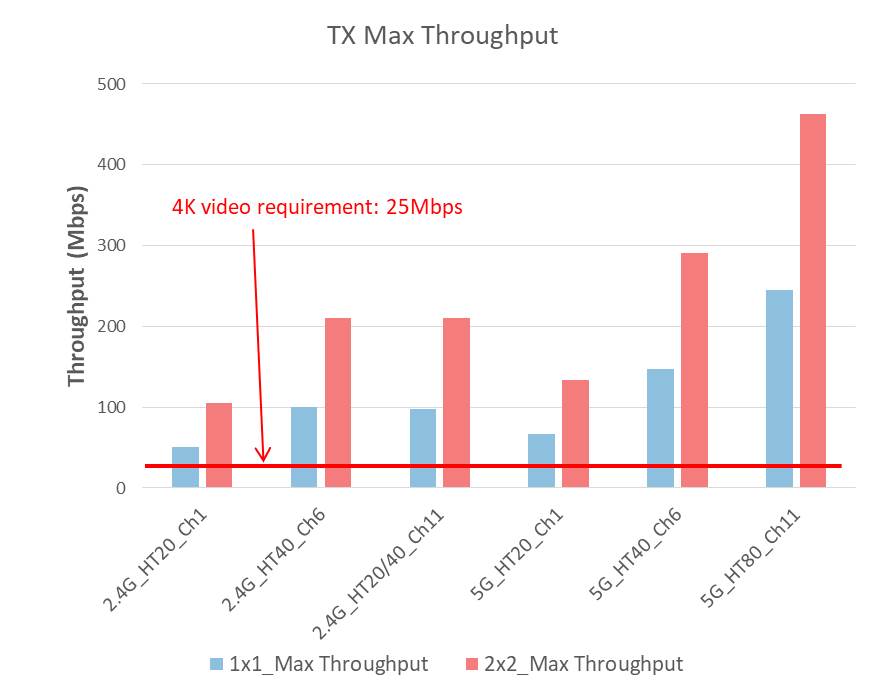
Figure 4: The transmission capabilities of 1×1 and 2×2 in 2.4GHz and 5GHz bands.
After we learned the maximum transmission capabilities of 1×1 and 2×2, we next performed testing of the wireless transmission flow and distance. The wireless signal strength was altered through an attenuator to simulate the different distances. A greater attenuation value indicates a farther distance between the STB and the wireless base station. We gradually increased the attenuation value until the STB failed to receive signals from the wireless base station. The results of the testing with the two STBs are shown in the following images.
Before attenuating to 15dB, 1×1 and 2×2 were maintaining the maximum speed at first. When attenuated to 15–21dB, the speed of 1×1 remained unchanged, whereas the speed of 2×2 dropped slowly. When attenuated to 30–36dB, the speed of 1×1 started decreasing, whereas the speed of 2×2 remained unchanged. When attenuated to 42dB (where the received actual signal strength of the STB from the wireless base station is -65dBm), both their speeds reached 25Mbps. In other words, if the STB is about 2–3 rooms away from the wireless base station, it can still reach the speed required for 4K viewing quality. For a typical family, as long as the equipment is not placed in extremely cornered locations, it will still satisfy most video streaming needs.
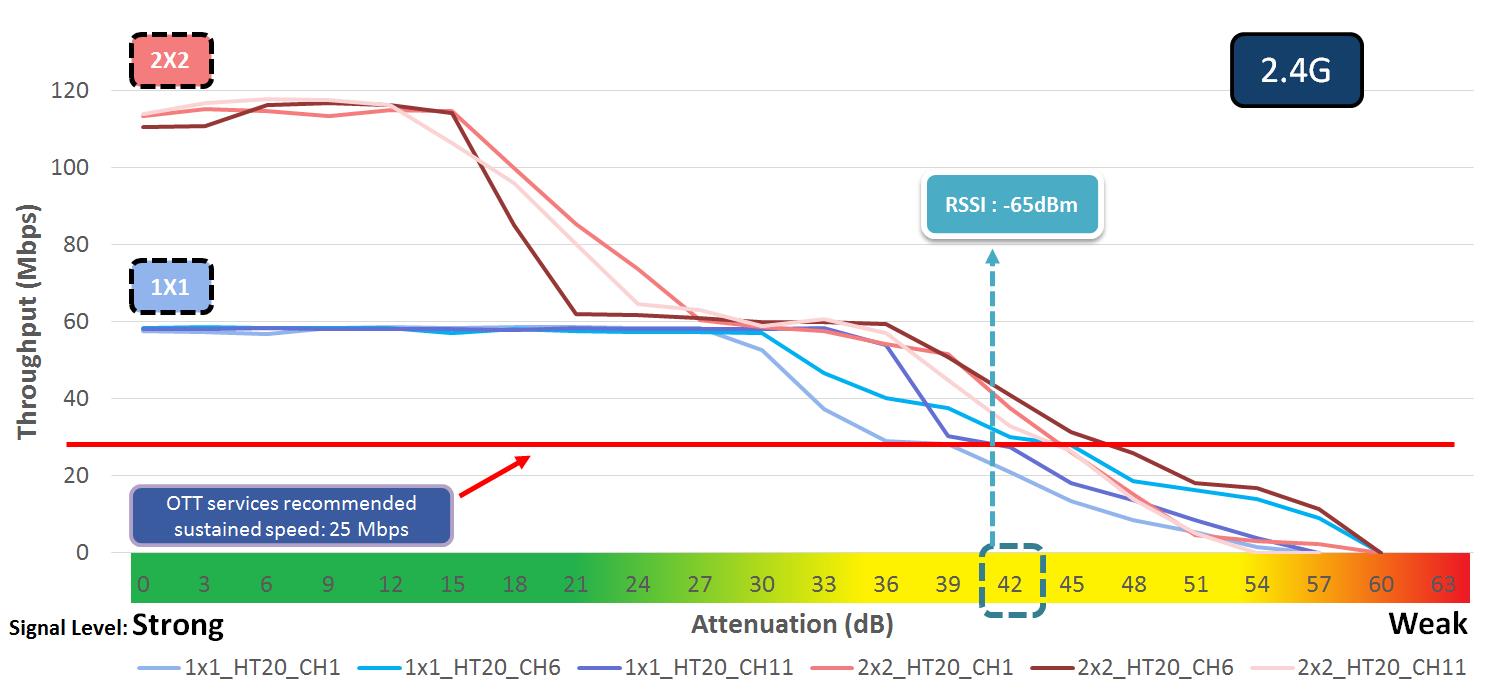
Figure 5: 2.4GHz RX flow table
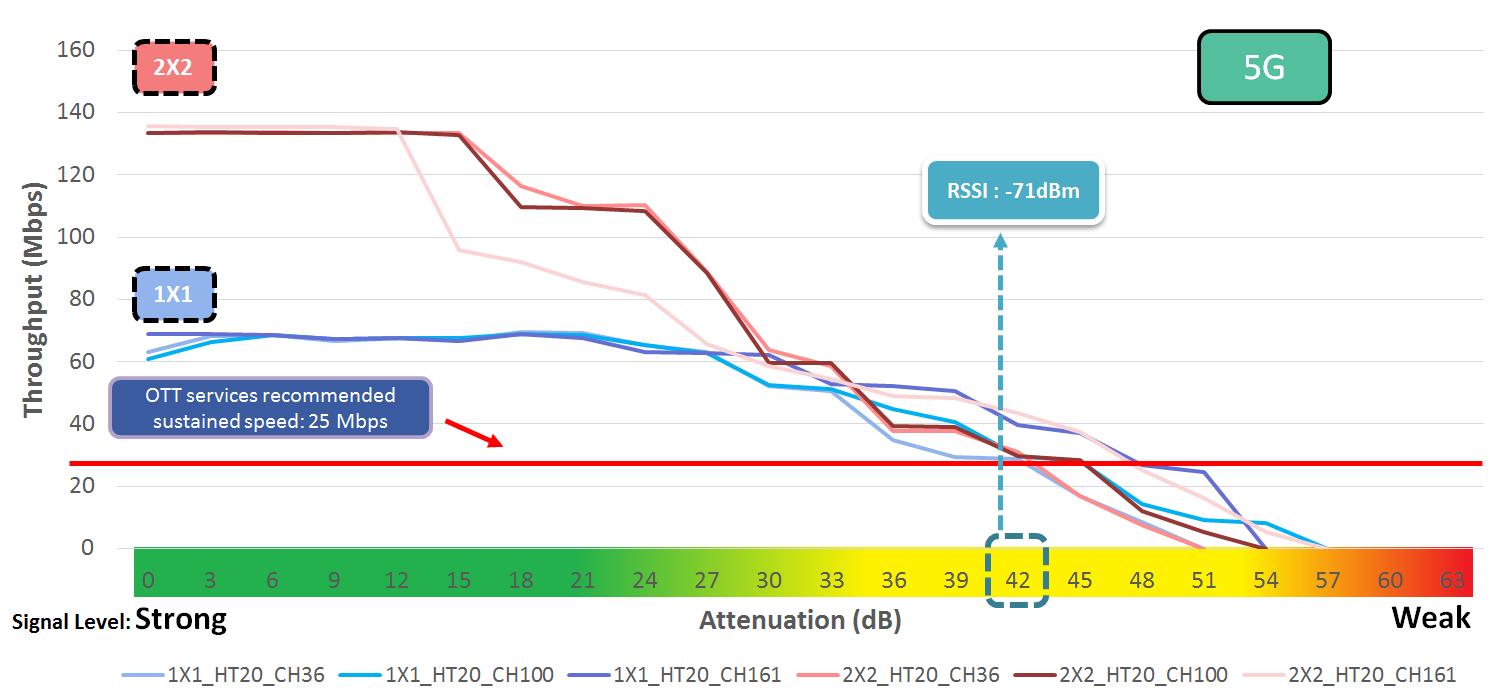
Figure 6: 5GHz TX and RX flow table
Next, we tested STB’s anti-interference capability. As we all know, wireless signals are everywhere. Unless you are situated in a shielded room, signal interference will always be present. Wireless signal congestion level in a general household is about 20%–30%, while the percentage in an office is about 30%–60%. As wireless network transmissions are conducted with collision avoidance, the greater the wireless signal interferences, the lower the transmission of the wireless network can be expected.
We used a simulator to create signal interference of 20%, 60%, and 80% (to simulate extremely congested environments). As shown in the following images, data in compliance with the theory were obtained. The transmission ability of the two STBs (1×1 and 2×2) decreased in a congested wireless network. However, even in a highly congested environment, the transmission speed of the two STBs still fulfilled the requirements for 4K quality. When connected to the 5GHz band, the speeds were even faster.
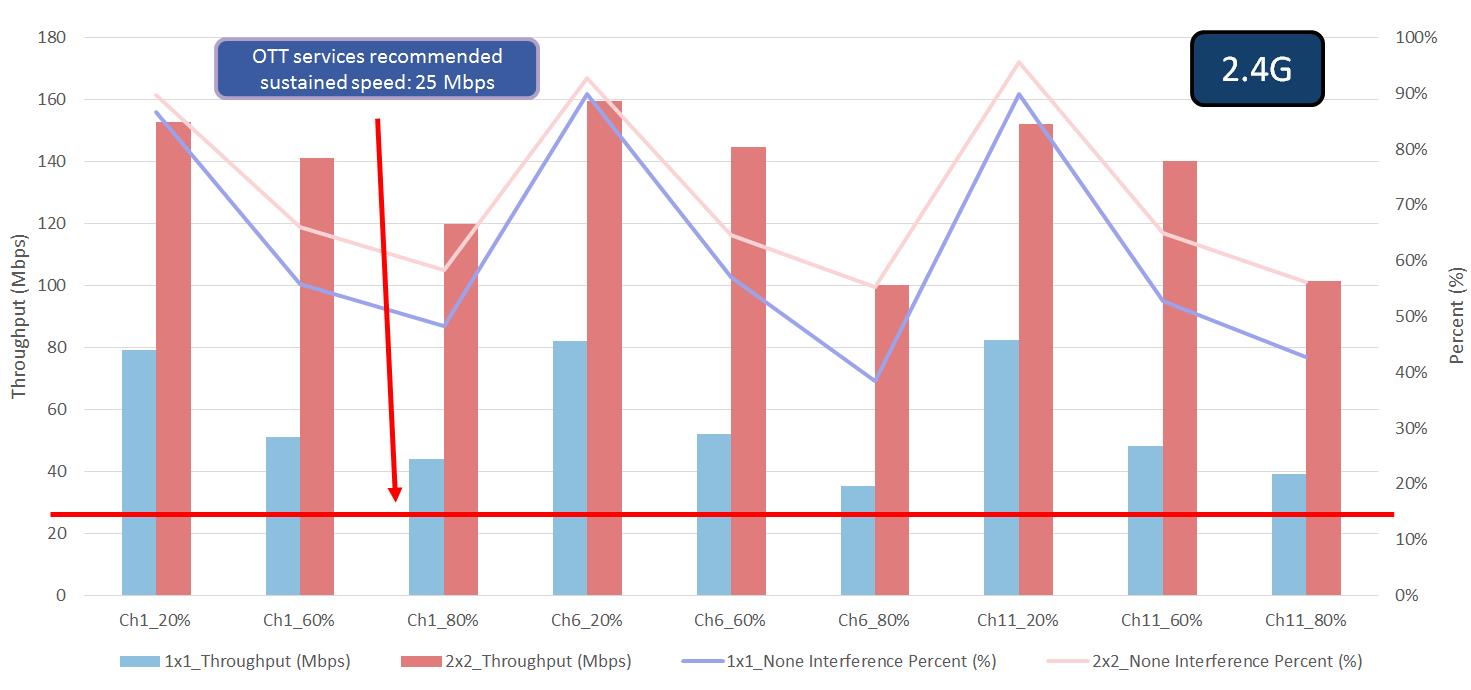
Figure 7: Speed reception table at different levels of congestion with 2.4GHz
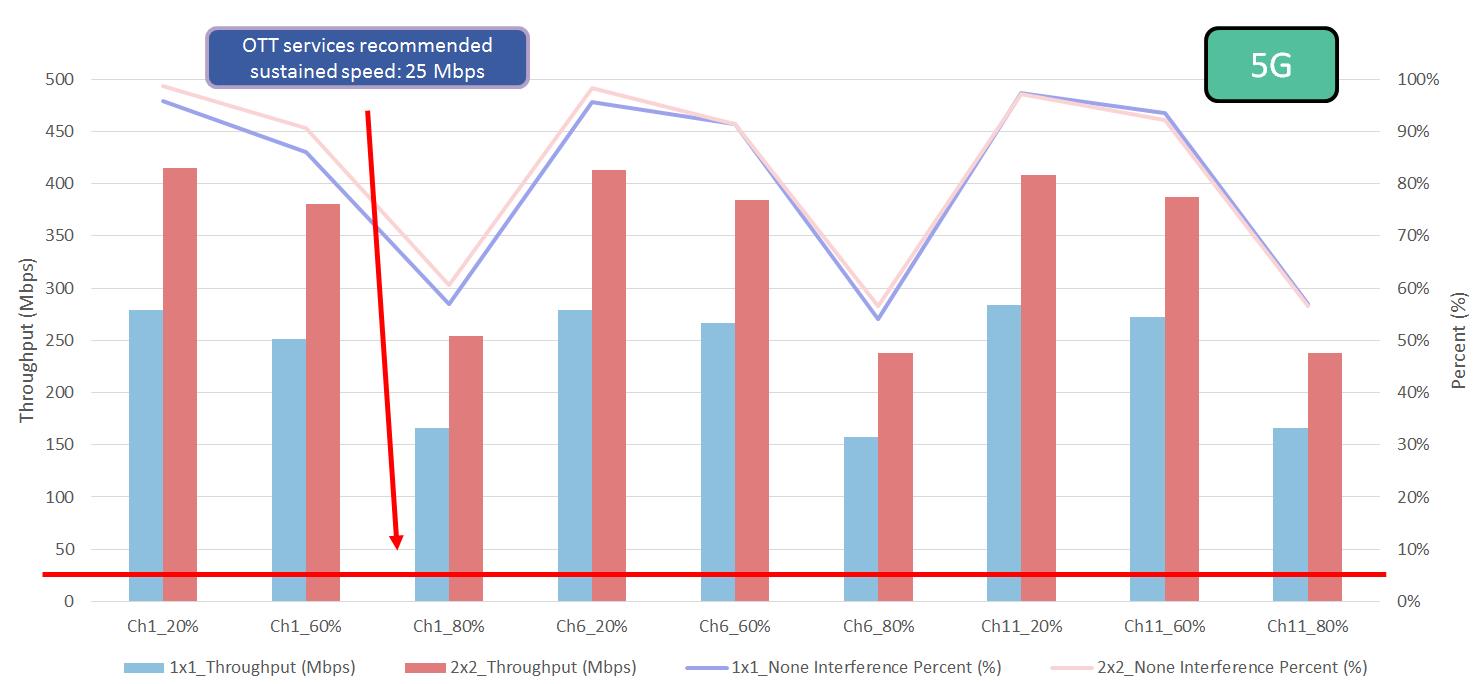
Figure 8: Speed reception table at different levels of congestion with 5GHz
Lastly, regarding the antenna pattern (OTA TRP/TIS) of the STB, the test results are shown in the following comparative diagram. Based on the conclusion, the Wi-Fi OTA performance of 2×2 was better than that of 1×1. The TRP of 2×2 was almost 3 dB higher than the 1×1 TRP because the larger number of antennae has improved OTA performance. The results also comply with the previous test conclusions.

Figure 9: Comparative table of TRP and TIS
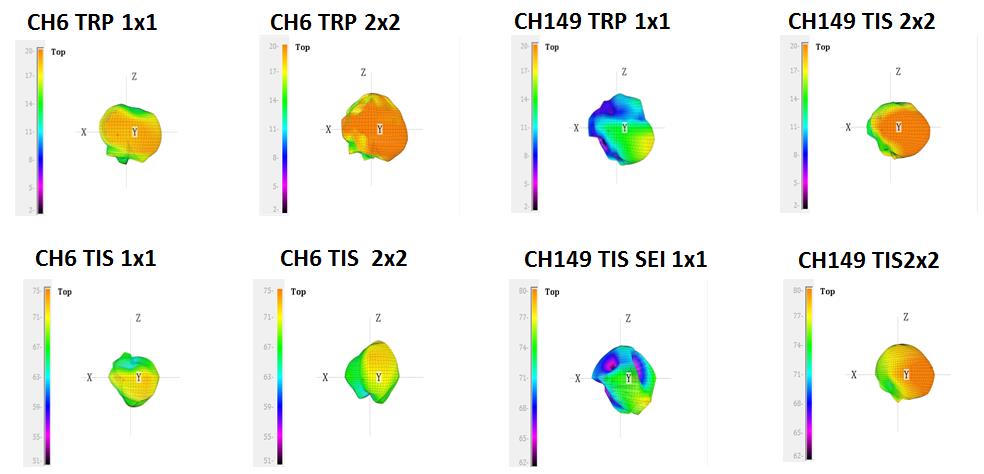
Figure 10: Th 3D images of TRP and TIS
Take the Next Step
This wraps up our review regarding the correlation between STB antenna numbers and wireless connection performances. Of course, many other STB features can be tested, such as the quality of the sound and image, the accuracy and sensitivity of the remote controllers, and many mnore.
If you want to learn more, please check out our smart entertainment test solutions, wireless AP/AP/Router test solutions, and RF Wireless Lab. You may also fill out an inquiry form or email us directly for more information.






































